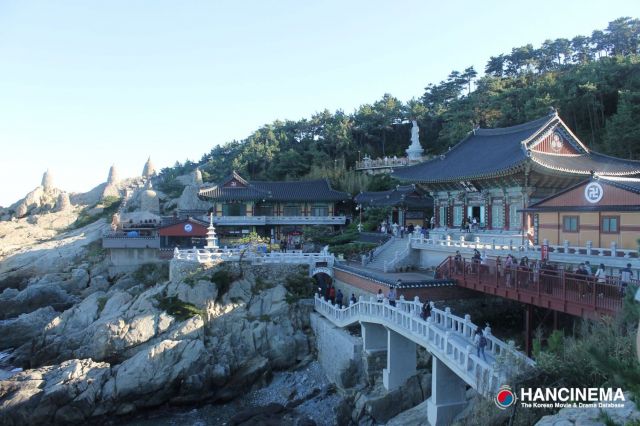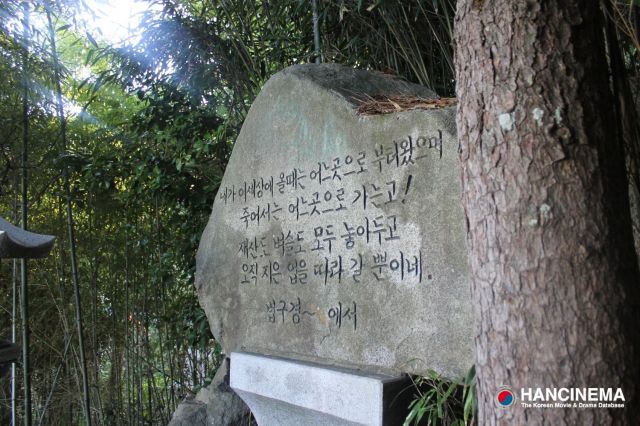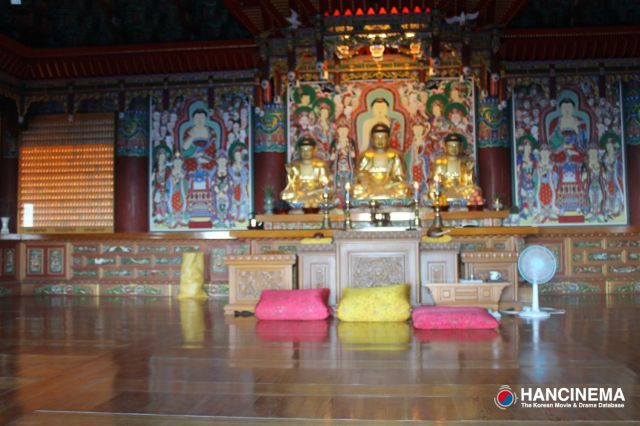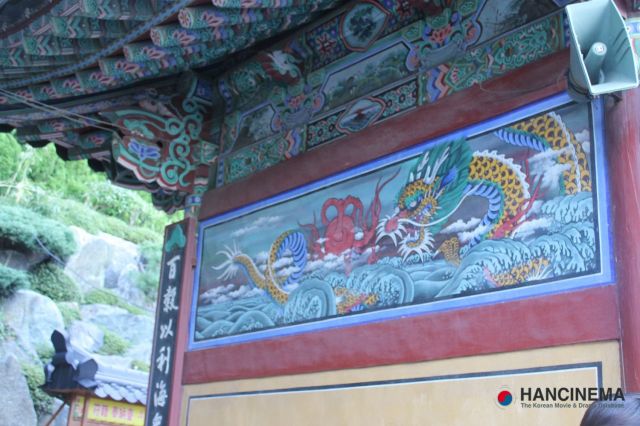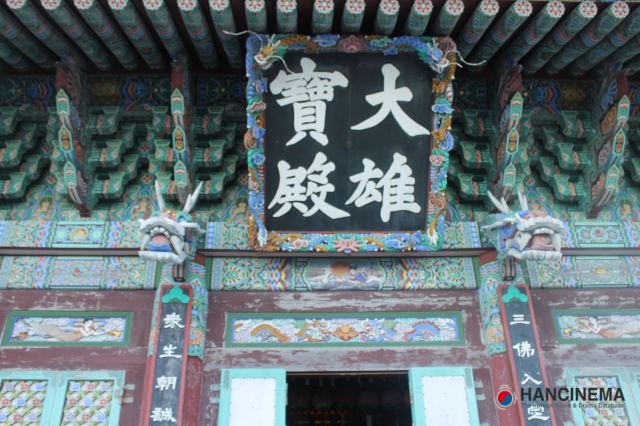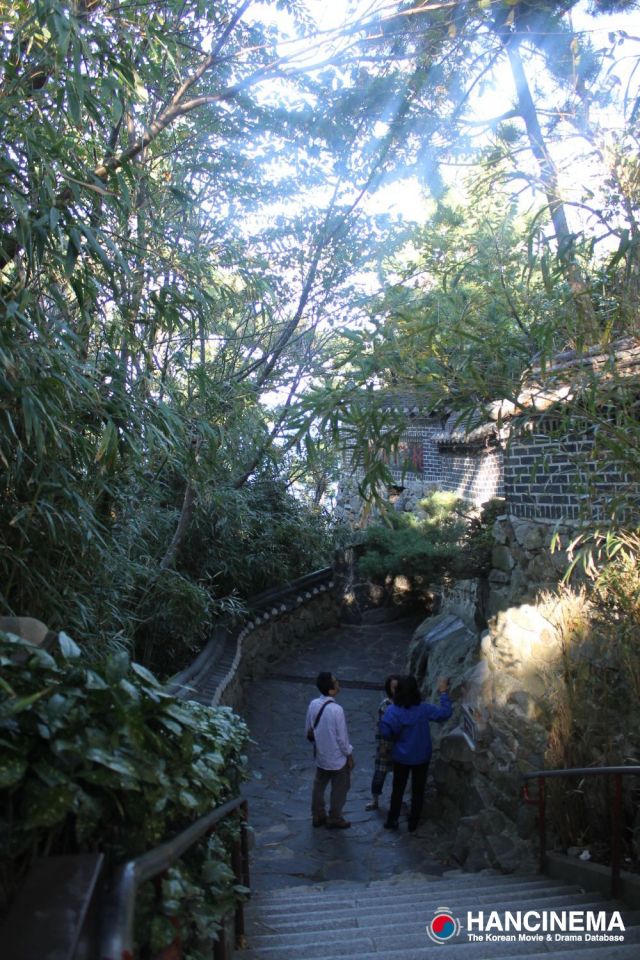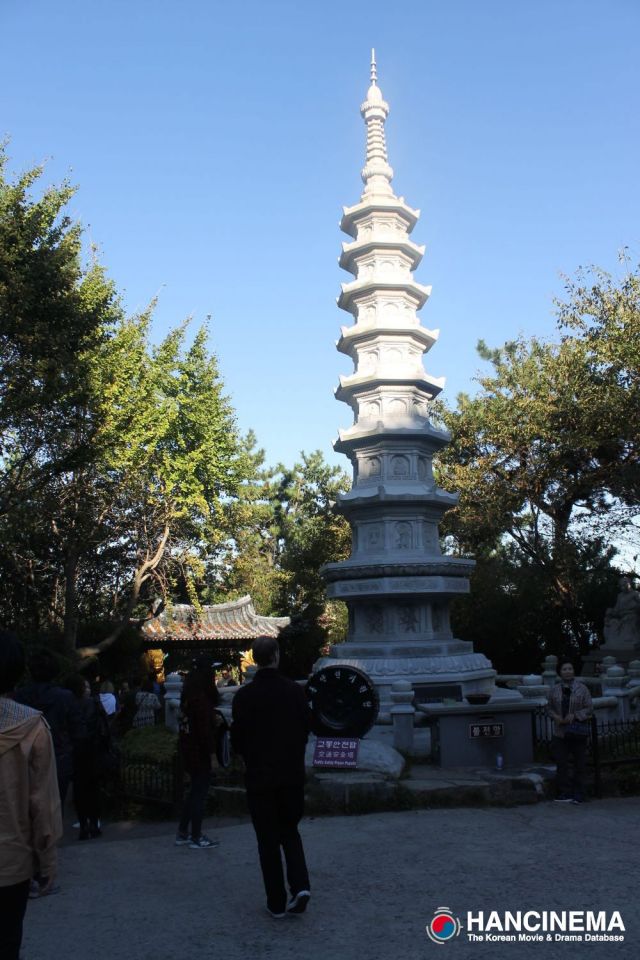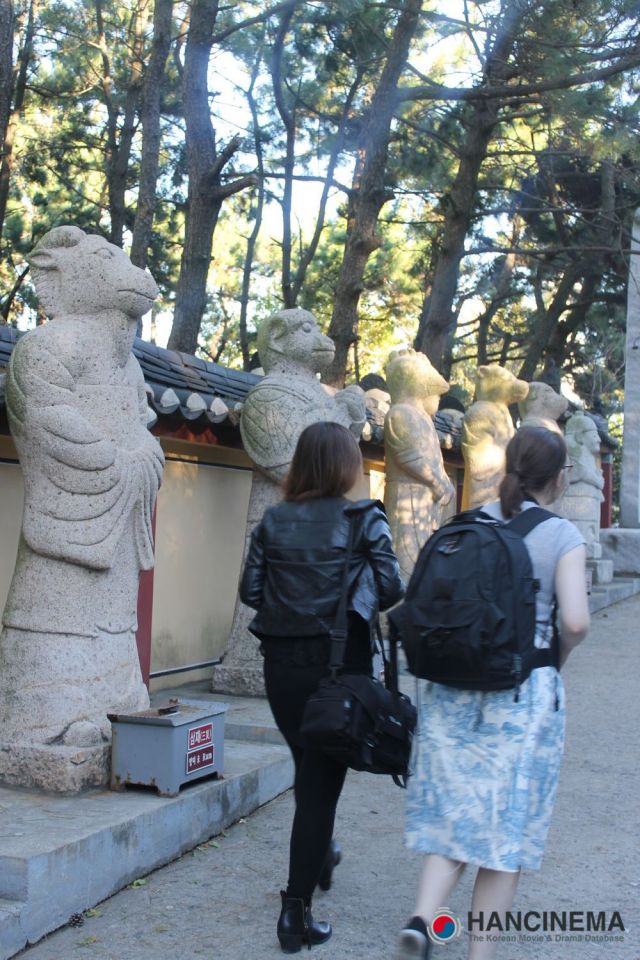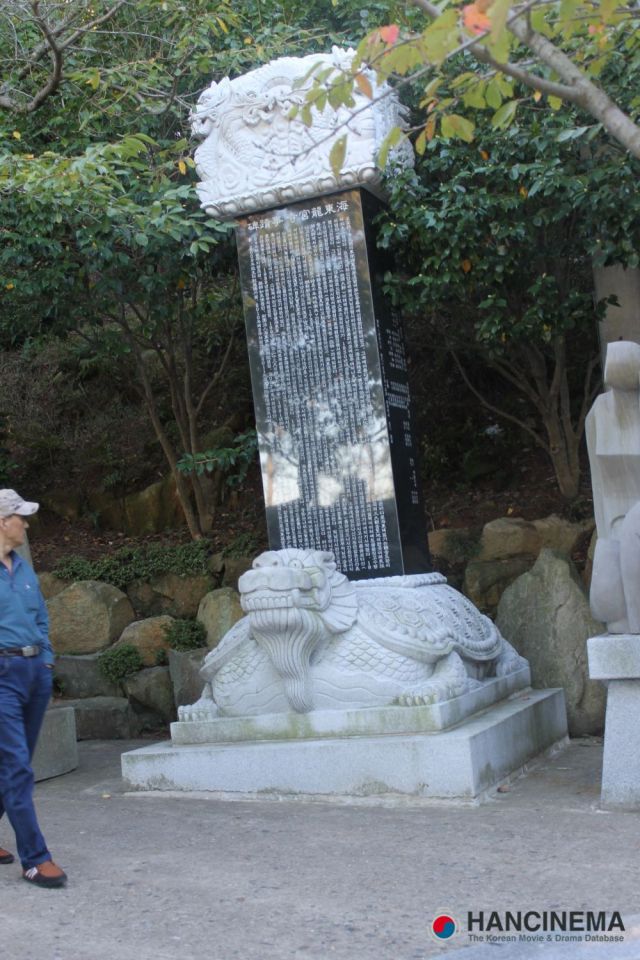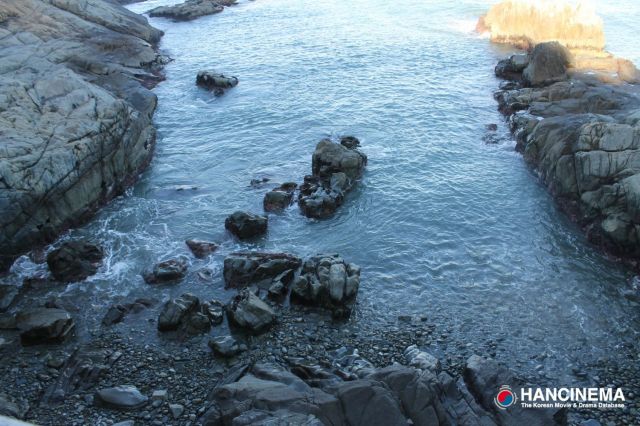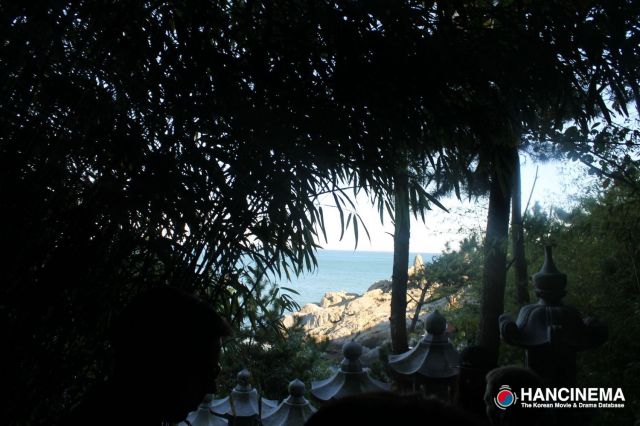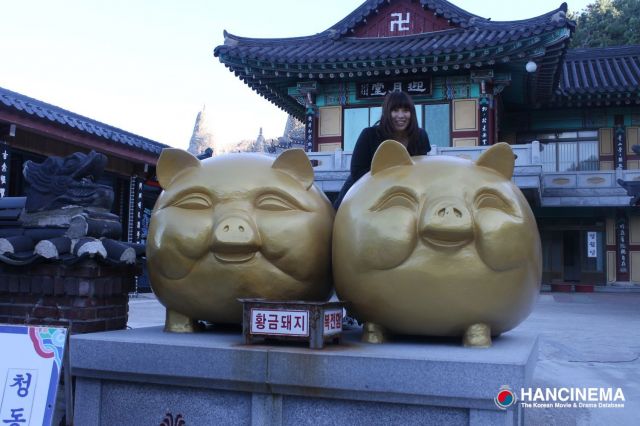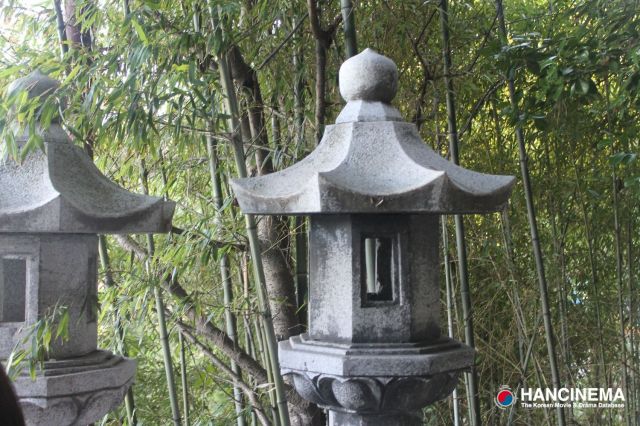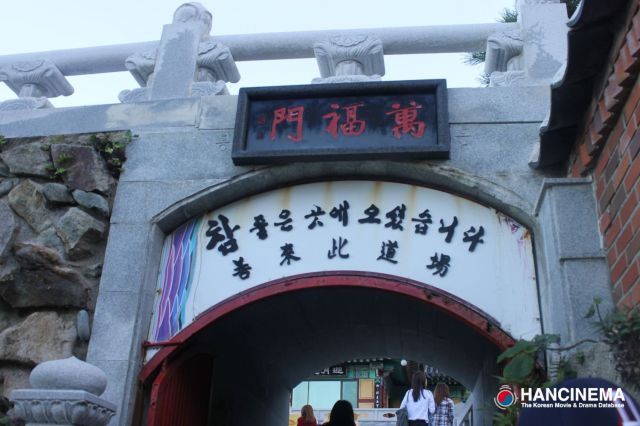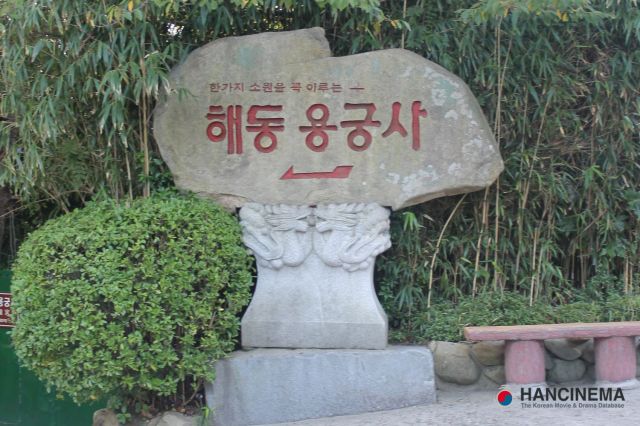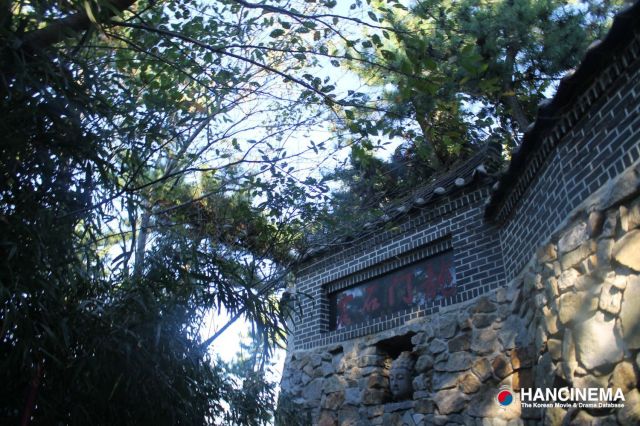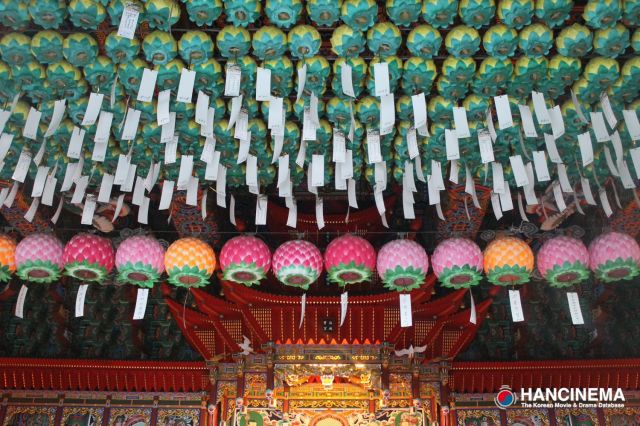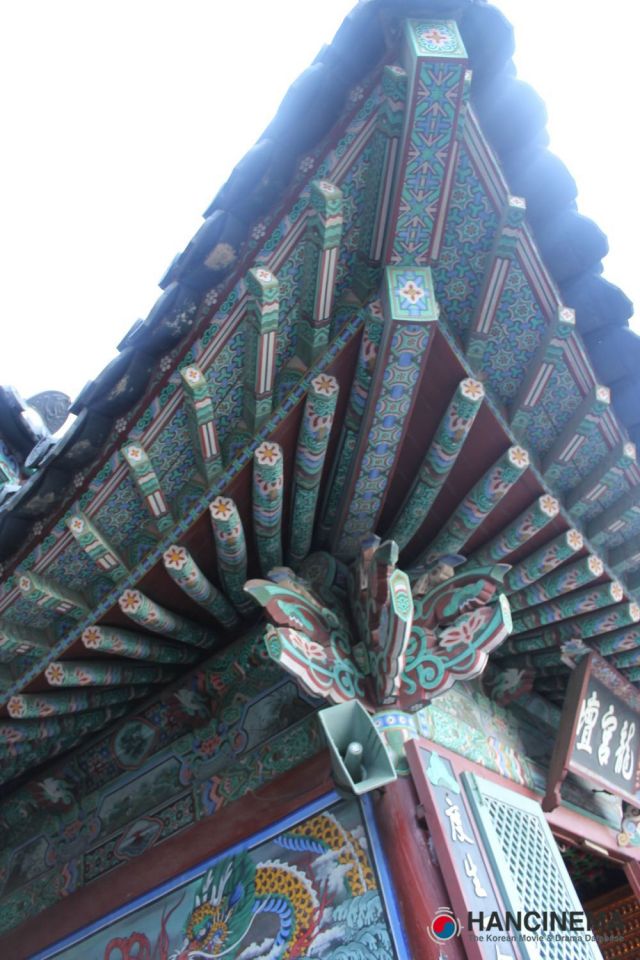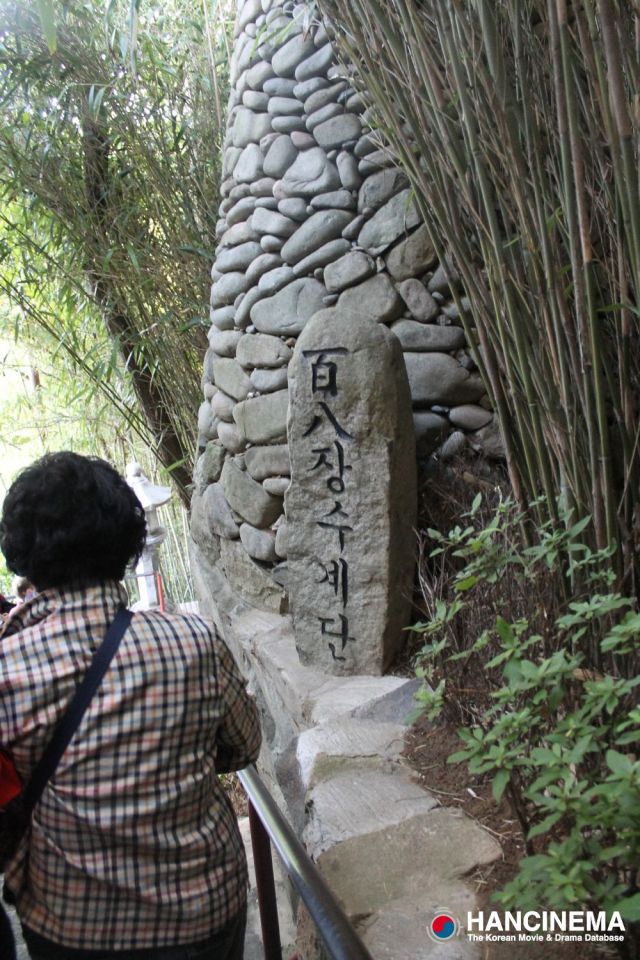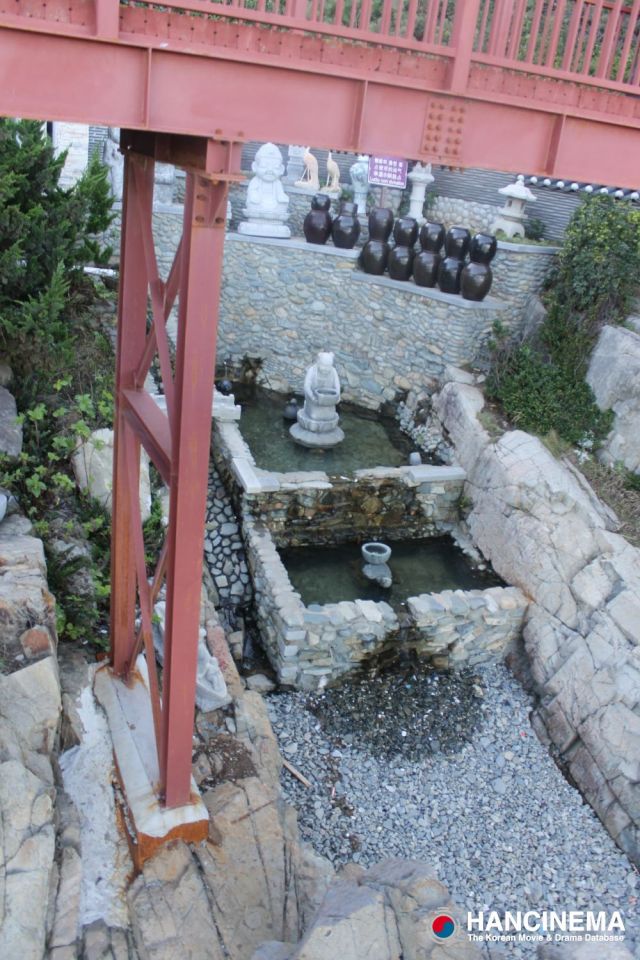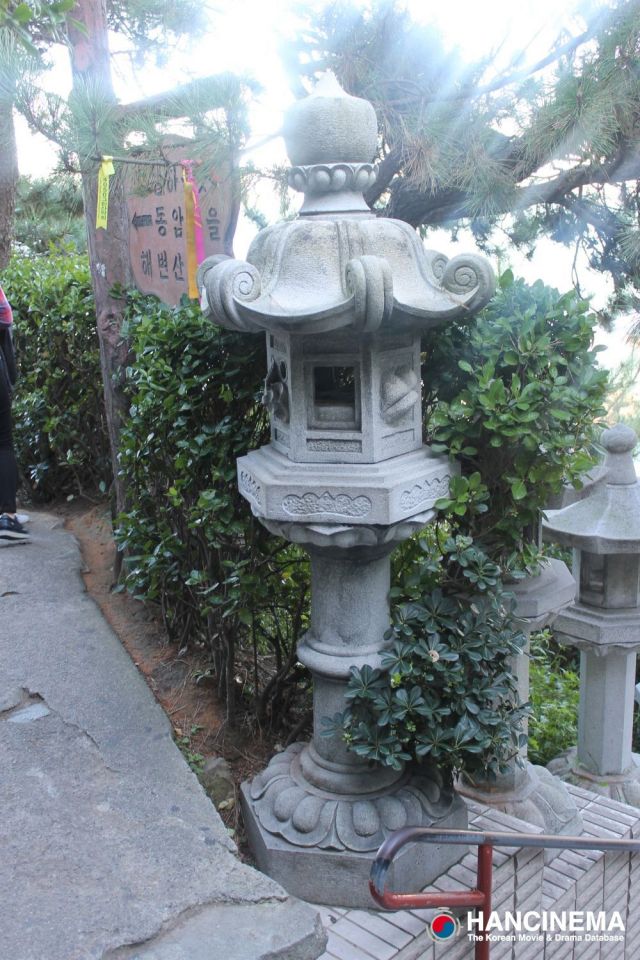[HanCinema's Korea Joa] Haedong Yonggung Temple
 By Lisa Espinosa | Published on
By Lisa Espinosa | Published on
Buddhism runs deep in the veins of Korean religious and social culture. Korean thinkers developed a distinctly Korean brand of Buddhism that has grown and changed with the times. Not only did it develop as a religion and philosophy, but its ideas also manifested in architecture as temples. Most Korean Buddhist temples are situated in mountains and although they are beautiful, many of them look very much the same. An exception is found in Haedong Yonggung temple that is situated in the craggy cliffs along the sea that borders the north-east of Busan.
Advertisement
Built in 1376 by Goryeo Dynasty Buddhist teacher Naong, the temple runs along the water and as one walks along the stone paths twelve stone zodiac statues welcome all visitors to the peaceful place where monks and citizens alike come to pray. As visitors amble along the stone path surrounded by carved stone walls topped with lush foliage they are greeted by an endless continuation of stone art and verdant life. Despite the pedestrians with modern clothes, phones, and cameras, it's like taking a step into the past. Those steps lead past bird feeders and down to a fork: to the left is a lookout point from which you can see more of the coast and also get nearly a full view of the breathtaking temple.
Taking the right fork will show you to the temple comprised of bridges, shrines, statues of Buddha in every size, and a three-story pagoda. Like many traditional buildings, the colorwork is bright with greens, blues, and reds and yellows. A climb up steep stairs allows for a view over the roofs of the temple and towards the sea. A peek into a shrine may reveal a monk praying. The main sanctuary, rebuilt in 1970 with the intention to preserve the original style and coloring, is seated beside the cave enclosed sanctum. The gentle sound of the ocean waves is the background music for a visit to Haedong Yonggung Temple.
People often visit the temple on New Year's Day to herald the new year with wishes or on the birth of Buddha to enjoy the night view that is peppered with lanterns. Because of its close proximity to popular spots in Busan like Haeundae Beach, the temple is also a large tourist attraction. Entrance is free, and parking is only a couple thousand won. From the Haeundae Station, Busan Subway Line 2, take Exit 7 to get to the temple and enjoy the feeling of walking into the peaceful, rich past of Korea.
You can find all of our Korea Joa 2015 coverage on this page.
Written by: Raine from 'Raine's Dichotomy'
 Lisa Espinosa
Lisa Espinosa
Journalist, drama lover, and foodie, Lisa enjoys exploring Korea, speaking the language, and soaking in all that dramaland has to offer. Her Korean husband laughs that she knows more than he ever will about dramas and K-pop. Lisa Espinosa can be contacted via lisa@hancinema.net.
